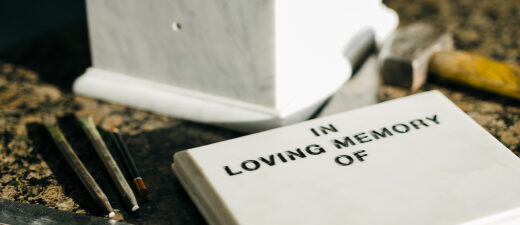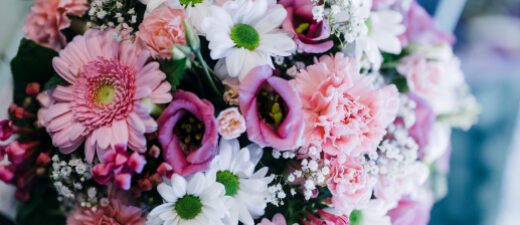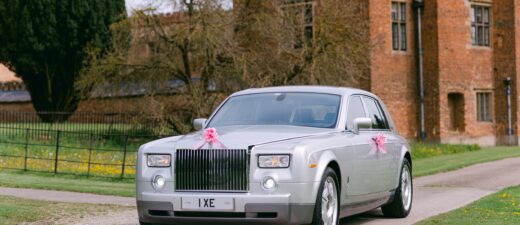Oriental Funerals in Nottinghamshire, Derbyshire, and Mansfield
Oriental funeral traditions vary depending on where the deceased person and his or her family are from, but some basic traditions still apply.
Oriental funerals of elders are arranged and co-ordinated by children or younger family members – part of the Confucian principle of filial piety, devotion to parents.
Oriental Funeral Traditions
Family members must consult the Almanac to determine the best date to hold the funeral ceremony. Funeral homes and local temples help the family prepare the body and coordinate the funeral rites.
Invitations
Announcements of the funeral are sent in the form of invitations.
For most Oriental funerals:
- The invitations are white.
- If the person was age 80 or older the invitations are pink, as living until 80 or beyond is considered an achievement to celebrate rather than mourn.
- It includes information about the funeral’s date, time, and location as well as a small obituary that includes information about the deceased that may include his or her birth date, date of death, age, family members that survived them and sometimes how the person died. The invitation may also include a family tree.
- A phone call or in-person invite may precede the paper invitation. Either way, an RSVP is expected. If a guest cannot attend the funeral, flowers and a white envelope with money should still be sent.
Guests at an Oriental funeral wear sombre colours like black. Bright and colourful clothing, especially red, must be avoided as these colours are associated with happiness. White is acceptable and, if the deceased was 80 or above, white with pink or red is acceptable as the event is cause for celebration. The deceased person wears a white robe in which white envelopes with paper money are tucked inside.
The funeral
- Often a wake precedes the funeral, at the family’s home, a local temple (if the deceased was religious), or a funeral home and may last several days with family members expected to keep an overnight vigil for at least one night in which the person’s picture, flowers, and candles are placed around the body and the family sits in wait.
- During the wake, family and friends bring flowers, which are elaborate wreaths that include banners with couplets written on them, and white envelopes filled with money. Traditional Chinese funeral flowers are white. Irises are a traditional Chinese funeral flower.
- The white envelopes are similar to red envelopes that are given at weddings. White is the colour reserved for death in Chinese Culture. The amount of money put in the envelope varies depending on the relationship to the deceased but must be in odd numbers. The money is meant to help the family pay for the funeral. If the deceased person was employed, his or her company is often expected to send a large flower wreath and sizeable monetary contribution.
- At the funeral, the family will burn joss paper to ensure their loved one has a safe journey to the netherworld. Fake paper money and miniature items like cars, houses, and televisions are burned. A eulogy may be given and, if the person was religious, prayers may also be said.
- The family will distribute to guests red envelopes with a coin inside each one to ensure they return home safely. The family may also give guests a piece of candy that must be consumed that day and before going home. A handkerchief may also be given.
- The envelope with coin, sweet, and handkerchief should not be taken home. One final item, a piece of red thread, may be given. The red threads should be taken home and tied to the front doorknobs of the guests’ homes to keep evil spirits away.
After the funeral ceremony, a funeral procession to the cemetery or crematorium is held, with marching band leading the procession and playing loud music to frighten spirits and ghosts. - The family wears mourning clothes and walks behind the band and a hearse or sedan containing the coffin and adorned with a large portrait of the deceased hanging on the windshield follows behind. Friends and associates complete the procession.
- The size of the procession depends on the wealth of the deceased and his or her family. The sons and daughters wear black and white mourning clothes and walk in the front row of the procession. Daughters-in-law come next and also wear black and white clothes. Grandsons and granddaughters wear blue mourning clothes.
Professional mourners who are paid to wail and cry are often hired to fill up the procession. - Depending on their personal preference, Chinese are either buried or cremated. At a minimum, families make an annual visit to the gravesite on the Qing Ming or Tomb Sweeping Festival.
- Mourners will wear a cloth band on their arms to show that they are in a period of mourning. If the deceased is a man, the band goes on the left sleeve. If the deceased is a woman, the band is pinned to the right sleeve. The mourning band is worn for the duration of the mourning period which can last 49 to 100 days. Mourners also wear sombre clothes. Bright and colourful clothes are avoided during the mourning period.













